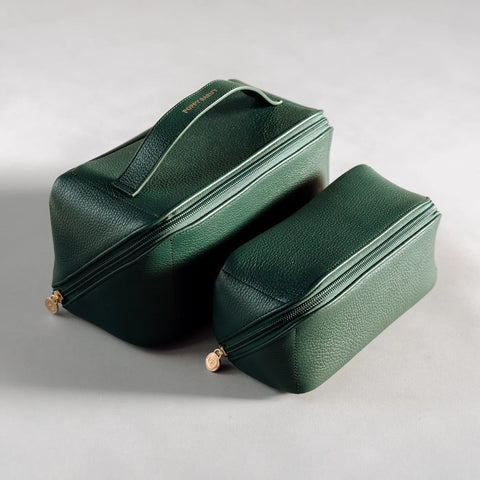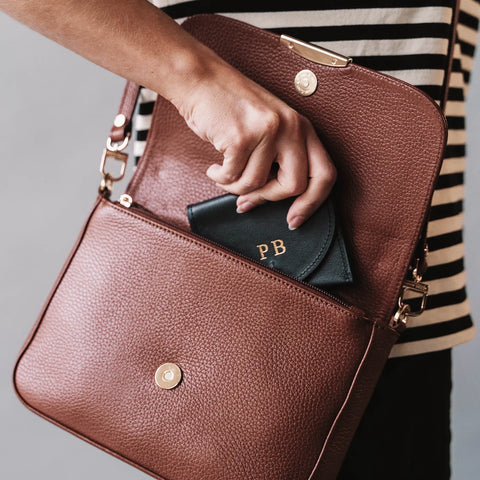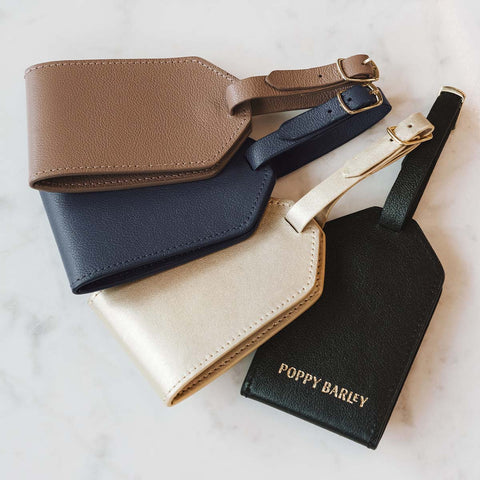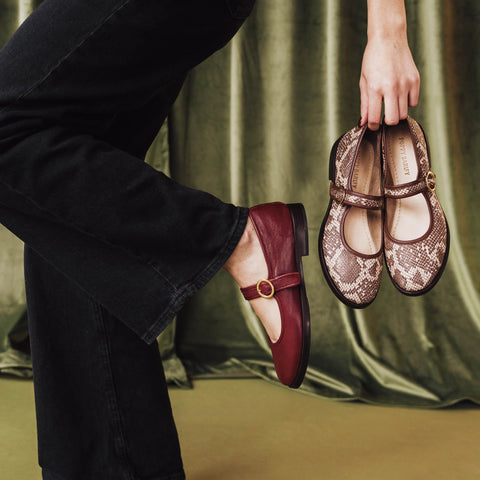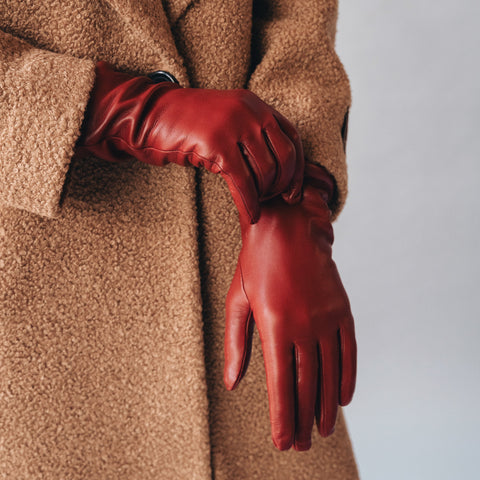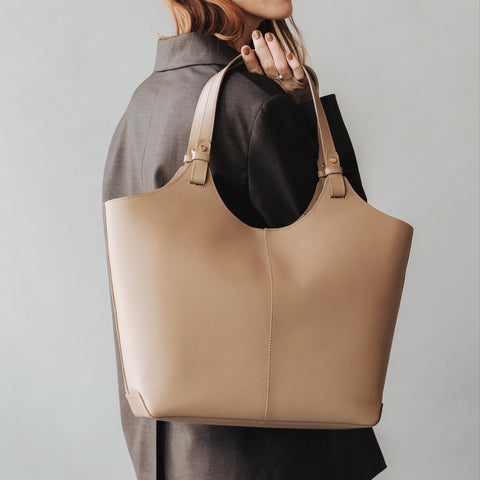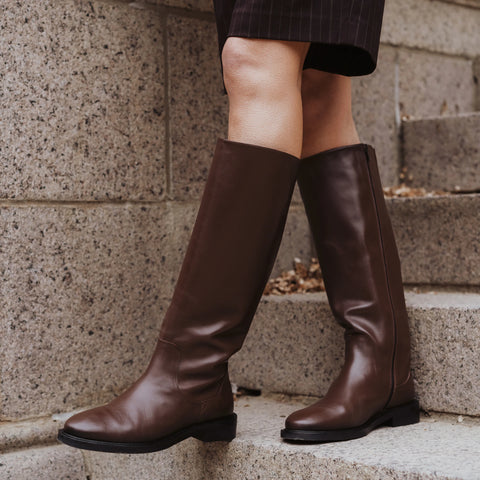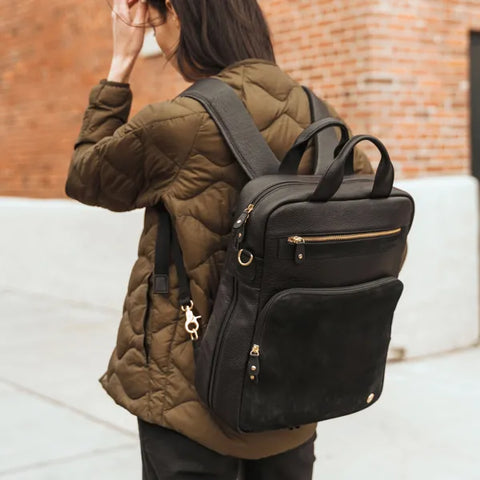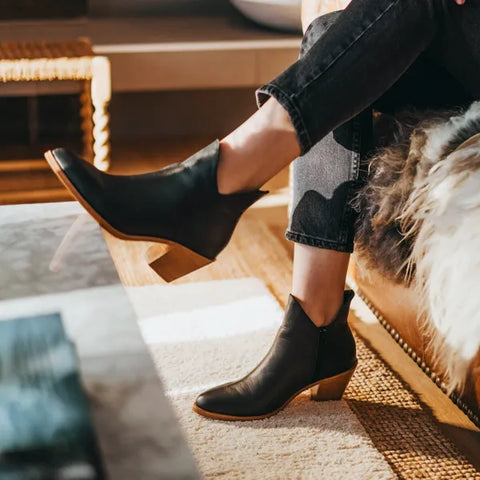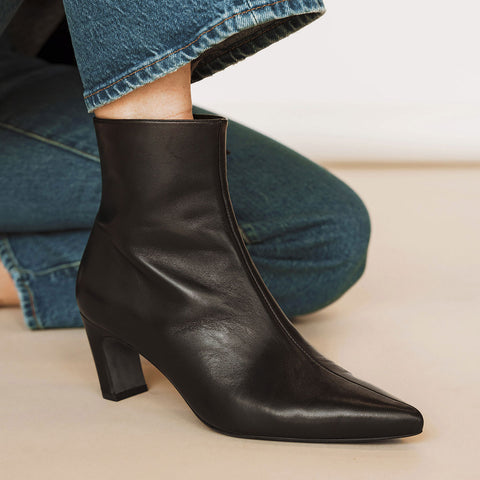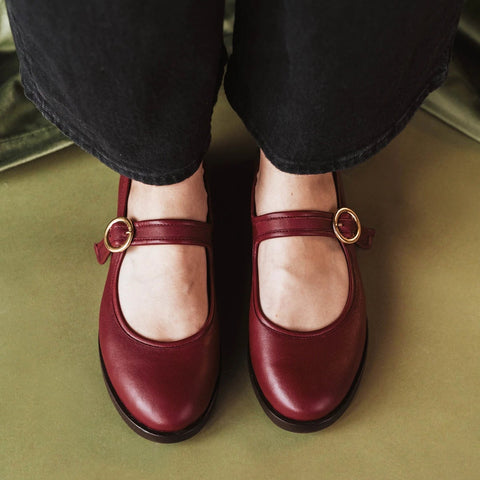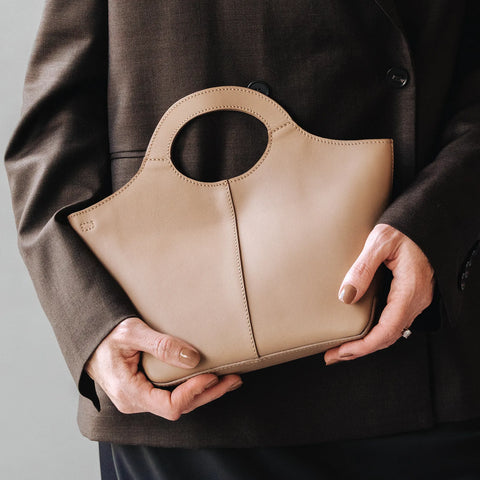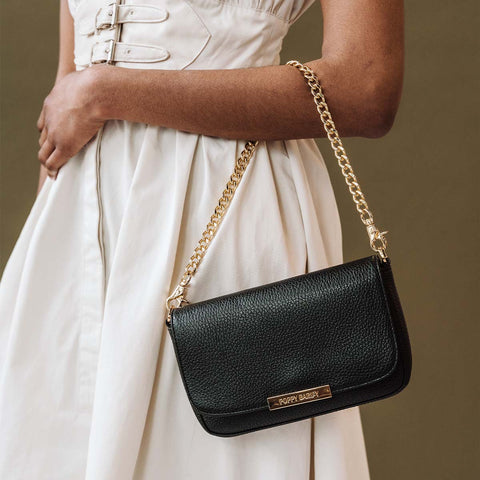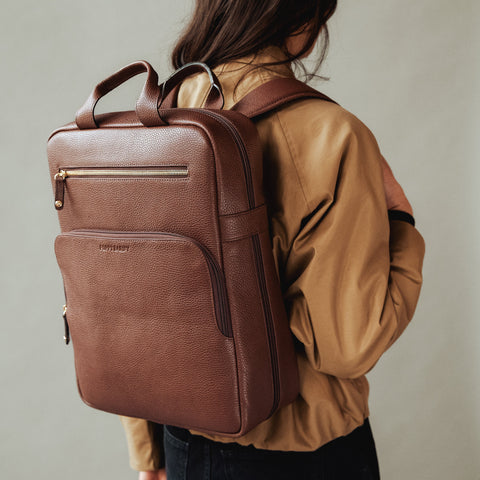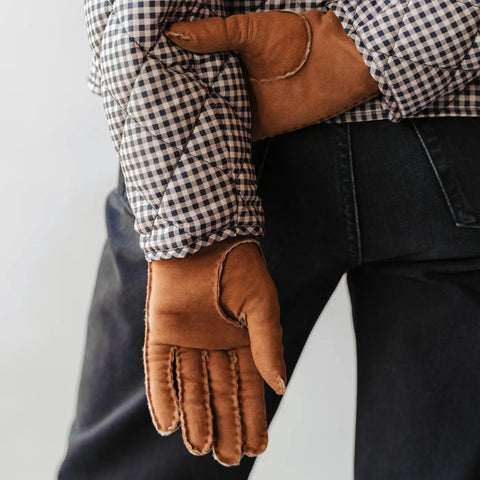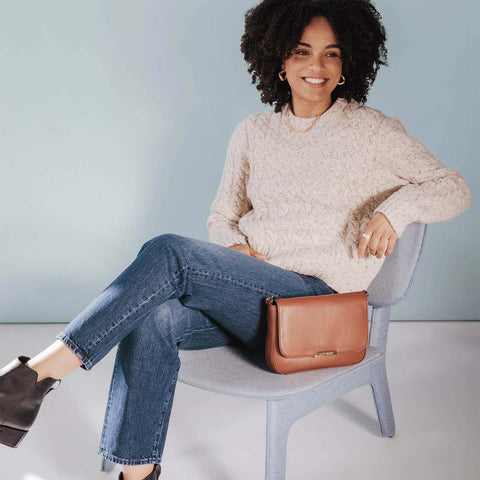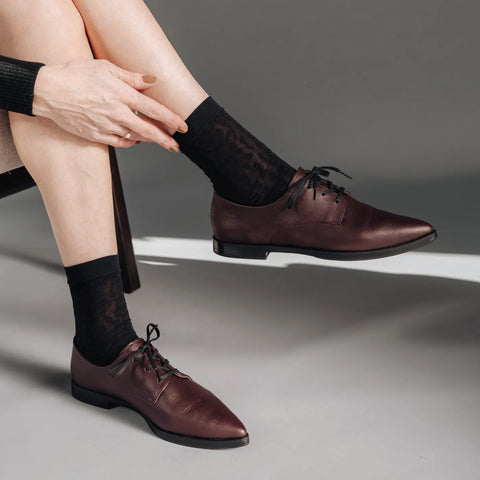The Chukka boot's history may not go as far back in time as the Oxford's or the Derby's, but it's just as compelling. As is often the case in men's fashion, the origins of the Chukka boot can be traced back to both the military and sport. The term 'chukka' comes from polo (the sport, not the famous brand). In polo, a chukka (or 'chukker') is a seven-minute period of play, and a polo match typically consists of four to eight chukkas/chukkers. In India the term 'chukkar'—which in Hindi means 'circle' or 'turn'—can roughly be translated into a 'casual stroll', which is fitting for a boot that can be considered the halfway point between more formal leather shoes and casual sneakers.
It's believed that the Chukka boot acquired its name because its similar appearance to the boot worn by polo players, the Jodhpur boot, which itself shares a resemblance to the Chelsea boot. But while Chukkas were identified with the sport of polo, the boots made specifically for polo are different enough in their design from chukkas that it's unlikely chukkas were ever worn to actually play polo. They were, however, worn by polo players after matches because of their comfort.  The traditional chukka boot has two or three eyelets maximum (our Vancouver Chukka has three, keeping it in line with the traditional style), but over the past few years brands like Nike have been making traditionalists cringe with their Chukkas, which feature six eyelets (although I have to admit that I’m amused by the thought of someone actually petrified by a Chukka having six eyelets instead of three). Unlike the rest of the styles we've covered in our Shoeology series, which originated in the UK, the Chukka was probably first worn in India by off-duty soldiers. Eventually, the theory goes, the Chukka made its way back west and the across the pond to North America. And once again, the Duke of Windsor is also involved. He wore Chukka boots in the United States back in 1924, one of the first high-profile appearances of the shoe this side of the Atlantic. A variation of the Chukka boot, known as the desert boot, was also standard issue in the desert campaign of World War II. Rather a leather sole, these boots featured rubber soles for better traction in the desert terrain. After WWII, Nathan Clark started the shoe company Clarks, and brought the desert boot into the mainstream. In the 1950s, the Chukka made its transition into a casual staple, where it has remained one ever since. Of course, depending on the incarnation, the Chukka boot can sit on closer to either end of the formal vs. casual spectrum. Our Vancouver Chukka inhabits a central position on this spectrum—its sleek shape and thin leather sole help it feel right at home when paired with some trousers and a sportcoat, and its contrast sole and laces gives it a nice casual feel, perfect for pairing with a crisp pair of raw denim jeans.
The traditional chukka boot has two or three eyelets maximum (our Vancouver Chukka has three, keeping it in line with the traditional style), but over the past few years brands like Nike have been making traditionalists cringe with their Chukkas, which feature six eyelets (although I have to admit that I’m amused by the thought of someone actually petrified by a Chukka having six eyelets instead of three). Unlike the rest of the styles we've covered in our Shoeology series, which originated in the UK, the Chukka was probably first worn in India by off-duty soldiers. Eventually, the theory goes, the Chukka made its way back west and the across the pond to North America. And once again, the Duke of Windsor is also involved. He wore Chukka boots in the United States back in 1924, one of the first high-profile appearances of the shoe this side of the Atlantic. A variation of the Chukka boot, known as the desert boot, was also standard issue in the desert campaign of World War II. Rather a leather sole, these boots featured rubber soles for better traction in the desert terrain. After WWII, Nathan Clark started the shoe company Clarks, and brought the desert boot into the mainstream. In the 1950s, the Chukka made its transition into a casual staple, where it has remained one ever since. Of course, depending on the incarnation, the Chukka boot can sit on closer to either end of the formal vs. casual spectrum. Our Vancouver Chukka inhabits a central position on this spectrum—its sleek shape and thin leather sole help it feel right at home when paired with some trousers and a sportcoat, and its contrast sole and laces gives it a nice casual feel, perfect for pairing with a crisp pair of raw denim jeans.

